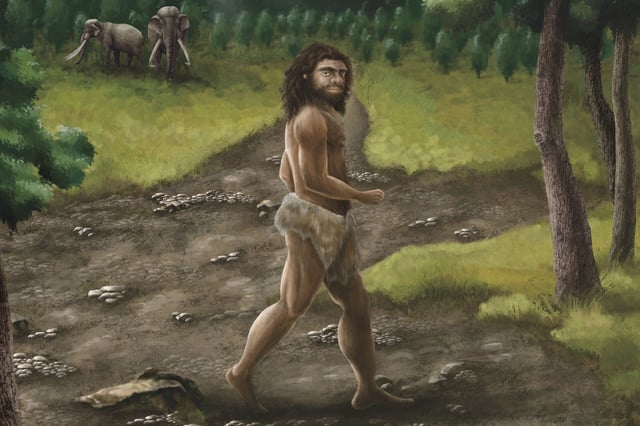Overview
- Researchers extracted and sequenced 95 ancient proteins from the Harbin cranium and retrieved mitochondrial DNA from dental calculus to reclassify it as Denisovan rather than the proposed Homo longi.
- The approximately 146,000-year-old skull is the most complete Denisovan cranium known, displaying a wide, flat face, heavy brow ridges, large molars and a brain volume of about 1,420 cc.
- Molecular matches link Harbin protein variants and mitochondrial sequences with Denisovans from Siberia’s Denisova Cave, Tibet and Taiwan, confirming a broad Asian presence during the late Middle Pleistocene.
- Advanced paleoproteomic techniques and bioinformatic algorithms tailored to dental calculus DNA overcome ancient DNA preservation limits and establish new methods for identifying archaic human remains.
- Linking genetic evidence with cranial morphology prompts reconsideration of other Middle Pleistocene Asian fossils—such as those from Dali, Jinniushan and Hualongdong—as potential Denisovan specimens.



